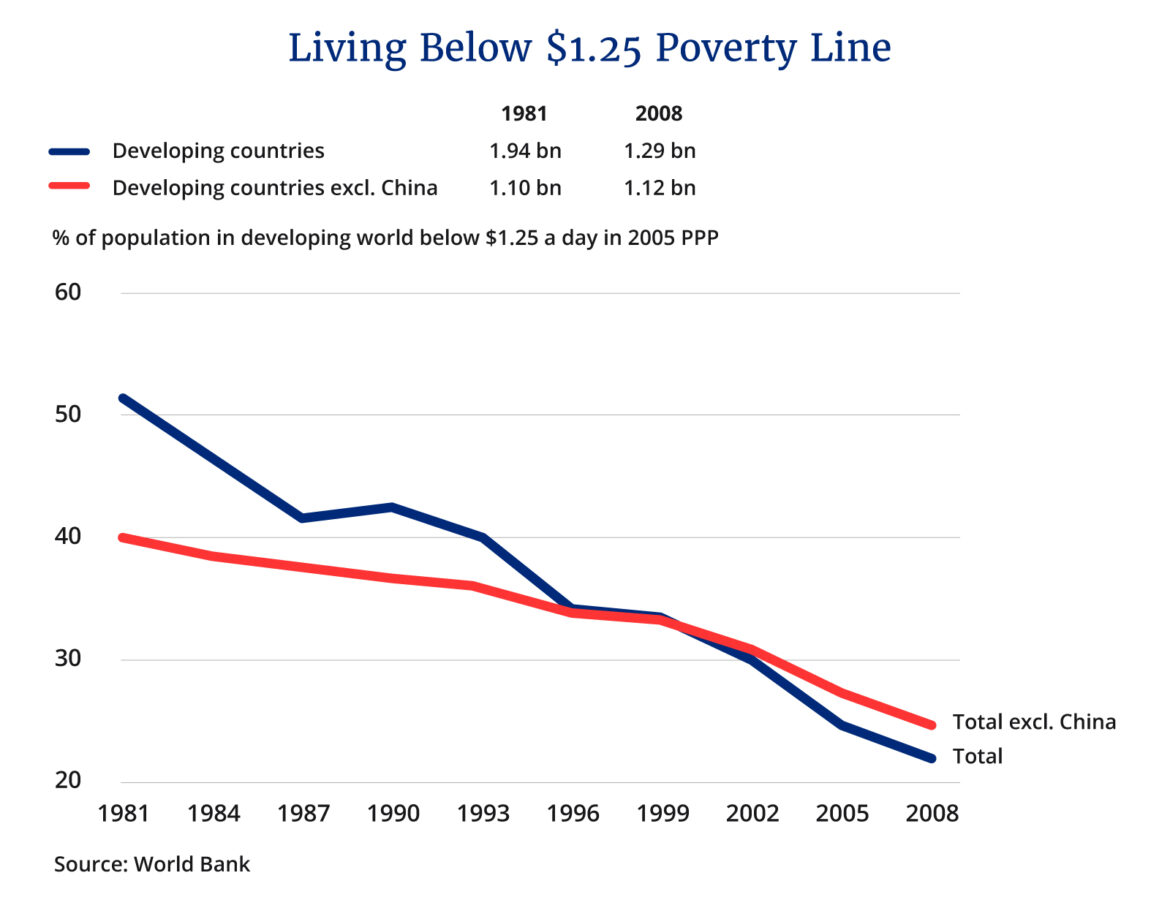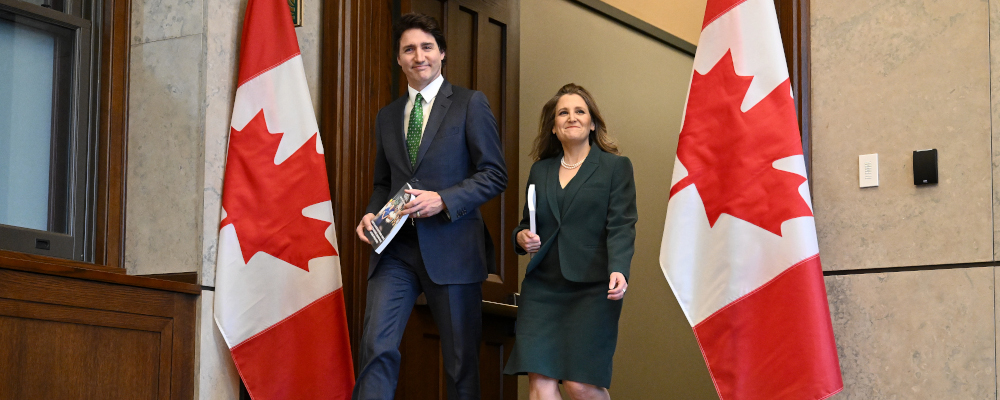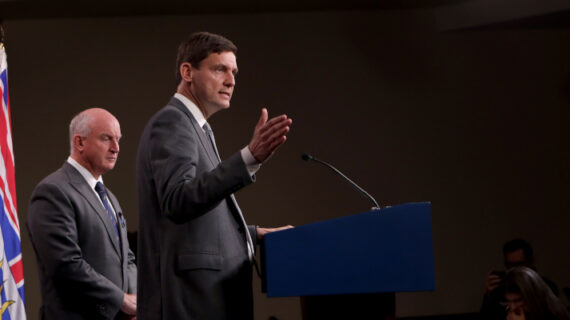With Parliament back in session, the recent wrapping up of Canada 2020’s 2023 Global Progress Action Summit in Montreal (which was attended by almost every progressive anglosphere and Nordic prime minister in recent times), and a looming Canadian federal election that looks like it will be centered on economics issues, it’s well worth taking a hard look at how economic policy has shifted in Canada over time, particularly as the U.S. examines the direction of its own economic policy.
At the same time, there is an intense debate currently ongoing in the U.S. about what the new consensus on economic policy is between the ascendant “New Right” and the socialist Left. White House National Security Advisor Jake Sullivan argued in an April speech that there is a “New Washington Consensus” on economic policy, speaking of some new ideas in vogue like industrial policy while castigating the free market policies of a generation ago as being out of fashion.
But what exactly was the “Washington Consensus” phrase that so many people use to describe the old free-market-oriented economic policy regime promoted across party lines by the Reagan, Bush 41, and Clinton presidencies and beyond? British economist John Williamson originally defined the Washington Consensus as a set of 10 principles to guide the Latin American response of the 1980s to the crises of the 1970s, something which also came to define the neoliberal economic policies promoted both domestically as well as internationally by policymakers in Washington D.C.
This original Washington Consensus, promoted around the world in economic policymaking by several administrations through aid agencies like the IMF and World Bank, was a catalyst for economic mobility and lifting billions of people out of poverty. The period under which the Washington Consensus was dominant (dubbed “The Age of Milton Friedman” by Harvard economist Andrei Shleifer) coincided with rapid reductions in absolute poverty (the share of people in the world living under $1/day fell significantly), significant reductions in infant mortality together with increases in life expectancy, and educational attainment.

Williamson’s ten principles of the Washington Consensus were:
1. Fiscal policy discipline and avoiding of large fiscal deficits relative to GDP;
2. Redirect public spending away from subsidies toward broad-based provision of key pro-growth, pro-poor services like primary education, primary health care, and infrastructure investment;
3. Tax reform, namely broadening the tax base and adopting moderate marginal tax rates;
4. Market-determined interest rates that are positive in real terms;
5. Competitive exchange rates;
6. Trade liberalization;
7. Liberalization of inward foreign direct investment;
8. Privatization of state enterprises;
9. Deregulation;
10. Legal security for property rights.
Since then much has changed. Donald Trump was elected on an economic platform that rejected free trade in favour of retaliatory tariffs and quotas, many of which have continued throughout the Biden regime which has even enacted new tariffs on food-can metal from Canada, Germany, and China. A group of anti-free market proponents ranging from U.S. senators to powerful Washington think tanks, loosely defined as the “New Right,” has emerged as a very powerful new coalition in the GOP in the same way that the socialist Left has become ascendant in the Democratic Party. As a result, the Democratic Party has begun to rethink its stance on free trade. This was particularly evident when they forced 2016 Presidential candidate Hillary Clinton to revoke her support for the Trans-Pacific Partnership, the same trade deal she negotiated and termed the “gold standard.”
Indeed, it seems as if these two groups are attempting to form a “New Washington Consensus.” From my perspective, the New Washington Consensus is concretely defined by ten new principles:
1. Lack of fiscal policy discipline on debt and large fiscal deficits;
2. More progressive taxation;
3. Central bank-determined interest rates with inflation targets and quantitative easing;
4. Flexible market-determined exchange rates with limited interventions;
5. Trade barriers, quotas, and tariffs;
6. Capital controls against hot capital inflows;
7. Lender of last resort bailouts for too-big-to-fail Institutions;
8. Industrial policy to meet economic objectives;
9. Aggressive antitrust enforcement;
10. Growth of regulation through the administrative state.
Canada was a major exponent of the old Washington Consensus, which crystallized in the late 1980s, as evidenced by the Macdonald Commission and the Mulroney government supporting the North American Free Trade Agreement (NAFTA), the Chretien-Martin fiscal reform in the 1990s and fiscal surpluses in the Harper years, along with more free trade deals along the way. But now, Canada is very much shifting toward a new consensus as well. Perhaps a “New Ottawa Consensus”?
There has been a consequential lack of fiscal discipline since the Liberals took power in Canada in 2015. The famous Trudeau notion that “budgets balance themselves” never came to pass. Canada’s deficits have increasingly been out of control through the COVID-19 pandemic (not unlike many countries around the world which similarly lack fiscal discipline).
The growth in regulations has ground the Canadian energy industry to a halt, preventing any hope for further pipelines both within Canada and across the U.S. border, along with any hope of developing the capability of exporting natural gas through the building of a liquified natural gas terminal.
Arguably Canada is further along than the U.S. in terms of entering a new economic consensus. Trade deals have taken a back seat to retail politics under Trudeau. Canada is now open to criticizing its most important ally to the south, including issuing political travel advisories and reigniting tensions in the softwood lumber dispute and other subsidies. Trade negotiations with India have also been completely derailed.

Addressing the recent run-up in housing costs has been the central economic issue of our time in Canada. Provincial foreign buyer taxes and, now, an outright national ban on foreign buyers is a total affront to the old Washington Consensus IMF doctrine of free capital flows.
How has this New Ottawa Consensus been working for Canada? GDP per capita has been flat for much of the past decade, which is one indication that it has not been going particularly well.
Pierre Poilievre’s approach opens a new front that if anything is more friendly to the old consensus of free markets. Poilievre has correctly identified that the chief problem with the cost of housing is excessive land use regulation, which can be best solved by creating incentives that loosen land use regulations.
The Canadian Conservatives could very well come to power in the coming years and help revert policy back to the old consensus of more market-oriented policies.
That being said, such a task would be no easy undertaking. The expansion of the welfare state has been massive under Trudeau. In a world with defined benefits and diffuse costs, it is incredibly difficult to undo or reform new government programs whether it be universal dental care or child care that have been passed under the Trudeau government.
An estimated 11,000 Ontarians have died while waiting for surgeries, MRIs, and CT scans in the past year. Meanwhile, any discussion of health-care reform or moving to a two-tiered public-private health system is immediately dead on arrival.
Maybe the New Ottawa Consensus is here to stay.




